- Have any questions?
- +86-189 8930 5995
- sales@mosinterchem.com.cn
Polyaluminium Chloride CAS 1327-41-9

Methylenedianiline (DDM) CAS 101-77-9
26/12/2018
Imazethapyr CAS 81335-77-5
27/12/2018| Model: | MOS 1327-41-9 |
| Brand Name: | MOSINTER |
| CAS No.: | 1327-41-9 |
| Appearance: | yellow resinous solid |
| Purity (AL2O3) %≥: | 29.0 |
| Basicity %: | 40-90 |
| Water insoluble %≤: | 0.6 |
| PH(1% Solution): | 3.5-5.0 |
| Pb %≤: | 0.003 |
| As %≤: | 0.0006 |
| Cd %≤: | 0.0006 |
| Hg %≤: | 0.00003 |
| Cr6+ %≤: | 0.0015 |
Polyaluminium Chloride (CAS: 1327-41-9)
| Item | Index |
| Appearance | Yellow resinous solid |
| Purity (AL2O3) %≥ | 29.0 |
| Basicity % | 40-90 |
| Density (20℃)/(g/cm3) ≥ | 1.12 |
| Water insoluble %≤ | 0.6 |
| PH(1% Solution) | 3.5-5.0 |
| As %≤ | 0.0006 |
| Pb %≤ | 0.003 |
| Cd %≤ | 0.0006 |
| Hg %≤ | 0.00003 |
| Cr6+ %≤ | 0.0015 |
Polyaluminium chloride (PAC) is increasingly used for water treatment.
Against the conventional use of aluminium sulphate (alum) it is showing
distinct advantages.
A polyaluminium chloride plant is an investment opportunity with attractive
returns in a growing market.
ENCO ENGINEERING in co-operation with a European licensor is now in a
position to offer plants for the production of polyaluminium chloride, with an
up-to-date, efficient technology.
THE PROCESS
The production process for polyaluminium chloride is including the following reaction steps:
| Feeding |
| Reaction |
| Filtration |
Depending on reaction conditions products with different characteristics are obtained.
For the production of polyaluminium chloride 9% special auxiliaries and catalysts are used.
PROCESS HIGHLIGHTS
The proposed improved PAC process is giving the following advantages against a conventional process:
| PAC with a concentration of 18 % Al2O3 (1-2 % higher) |
| PAC with a higher basicity |
| Low production cost |
| No by-products (no acidic calcium sulphates) |
TYPICAL PLANT SIZE
A typical plant capacity for a polyaluminium chloride production plant is 30’000 tons per annum.
PRODUCT CHARACTERISTICS AND APPLICATIONS
Polyaluminium chlorides are synthetic polymers dissolved in water. They react to form insoluble
aluminium poly-hydroxides which precipitate in big volumetric flocs.The flocs absorb suspended
pollutants in the water which are precipitated with the PAC and can together be easily removed.
PAC can be used as a flocculant for all types of water treatment treatment, drinking water, industria
l waste water, urban waste water and in the paper industry.
The possible slightly higher unit price of PAC is compensated by a
-
- lower dosage requirement
- no requirement for any neutralising agent (soda, lime)
- shorter flocculation time
- smaller amount of sludge
- reduced number of back washing steps
- higher quality of the treated water.
Polyaluminium chloride 18% Al2O3
| Appearance | liquid with yellow colour | |
| Al2O3 content | 17-19 % | |
| Cl | 21-22 % | |
| Basicity | 36-42 % | |
| Specific Weight at 20 | 1.36-1.38 g/ml | |
| pH | 0.4 – 1.2 | |
| Solidification Point | -10 |
Applications: PAC 18% Al2O3 can be used for most applications.
Polyaluminium chloride 9% Al2O3
| ppearance | liquid with yellow colour | |
| Al2O3 content | 8.8-9.2 % | |
| Cl | 9.8-11 % | |
| Basicity | 62-68 % | |
| Specific Weight at 20 | 1.18-1.22 g/ml | |
| Solidification Point | -10 |
Applications: PAC 9% Al2O3 high basicity is mostly used for drinking water treatment.
With its use no polyelectrolytes, fungicides etc. will be required for the treatment.
You must be logged in to post a review.

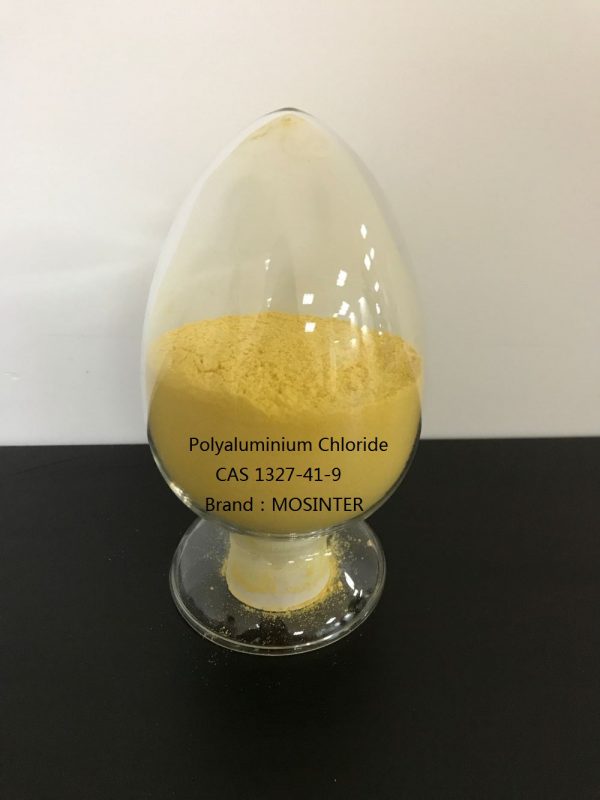
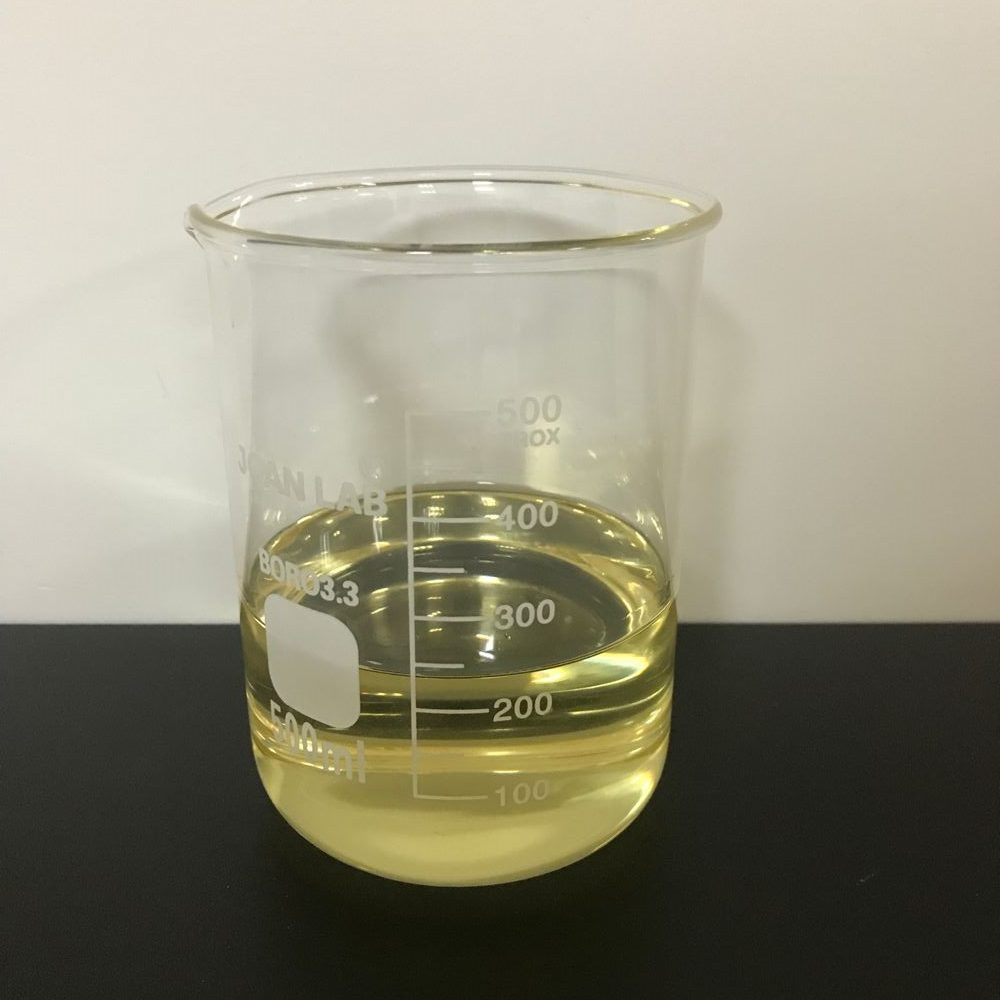
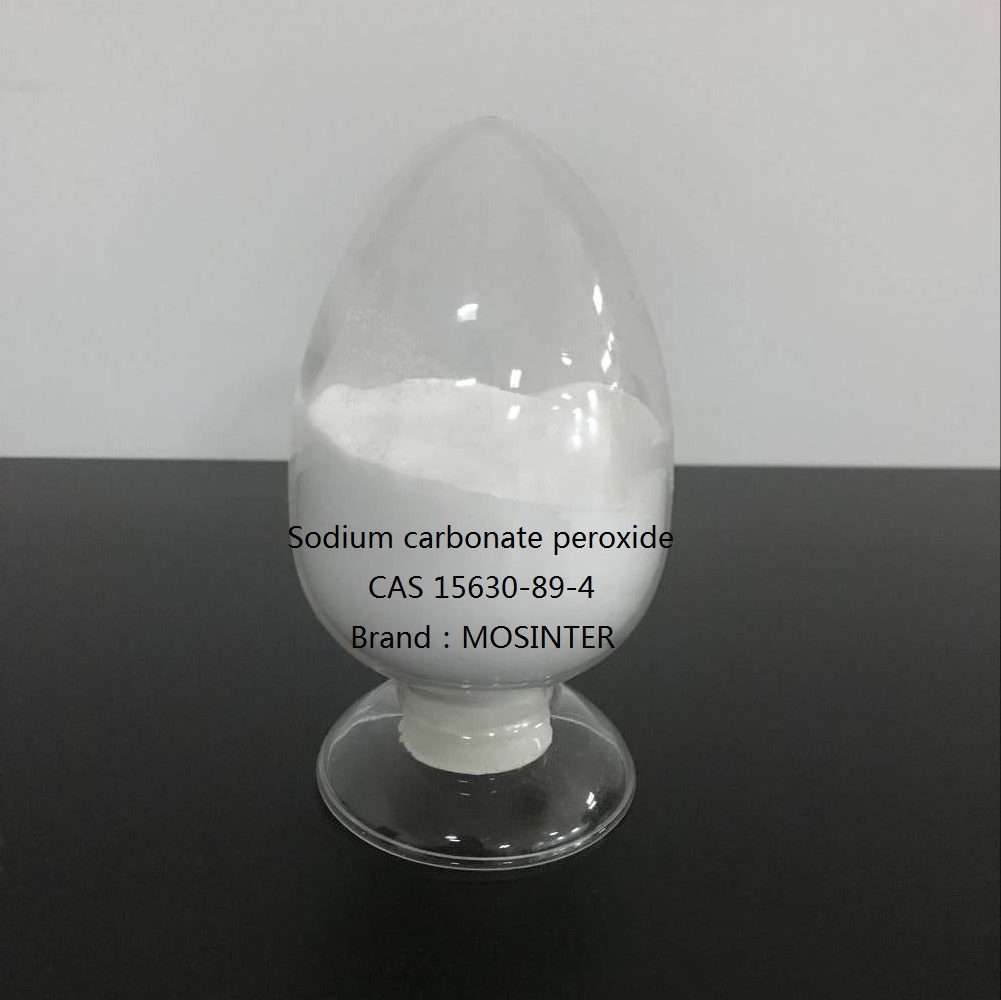
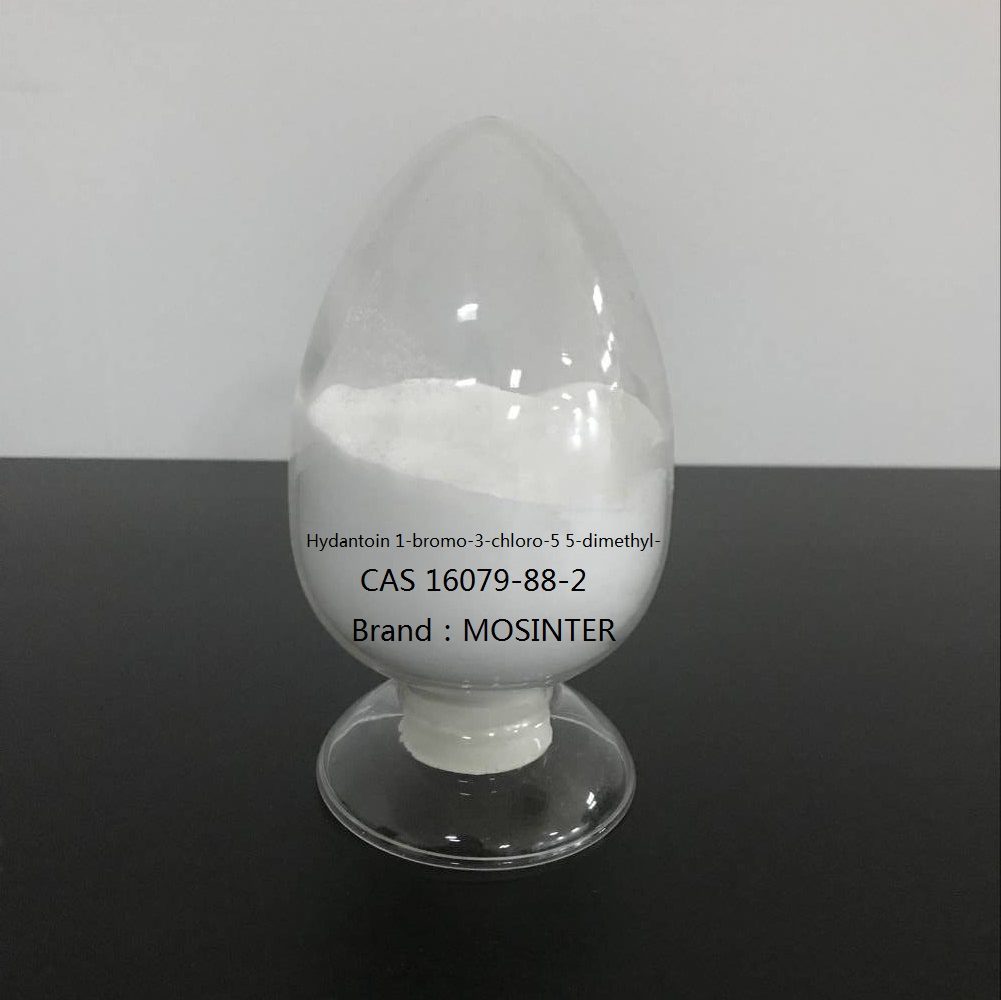
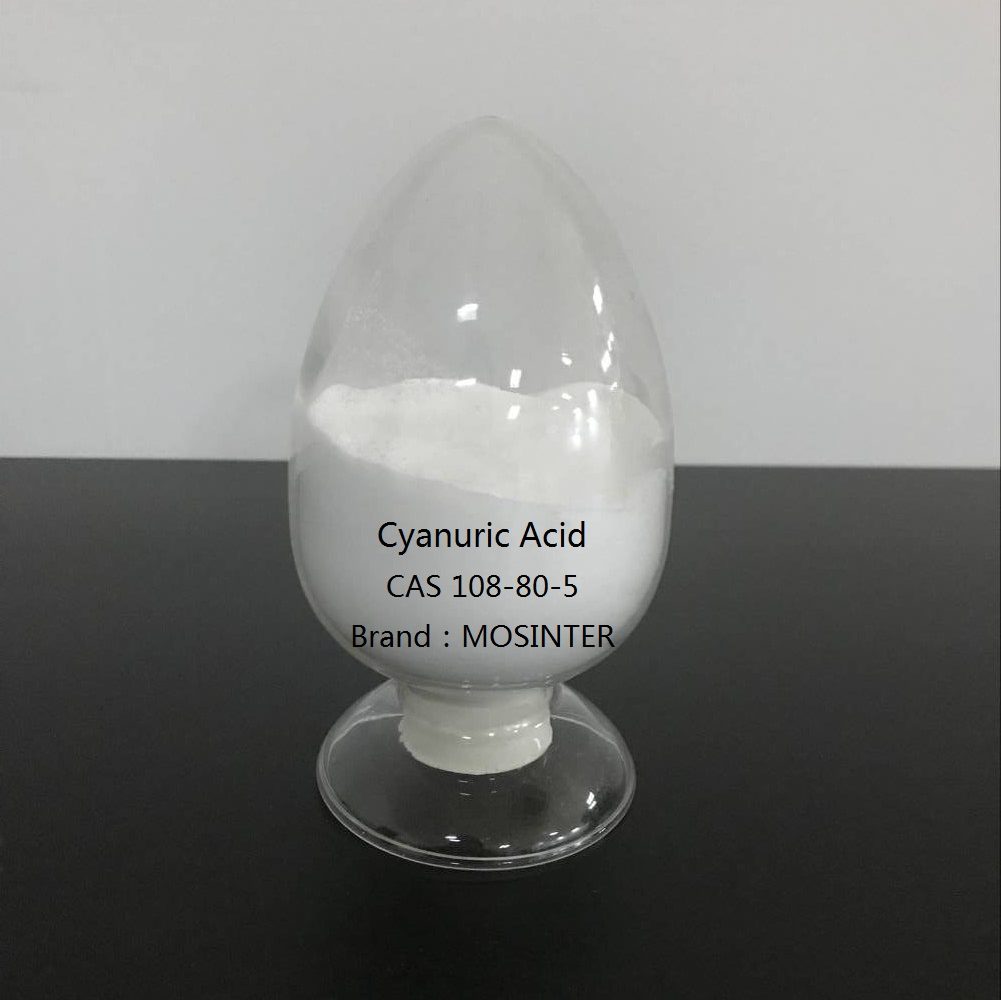
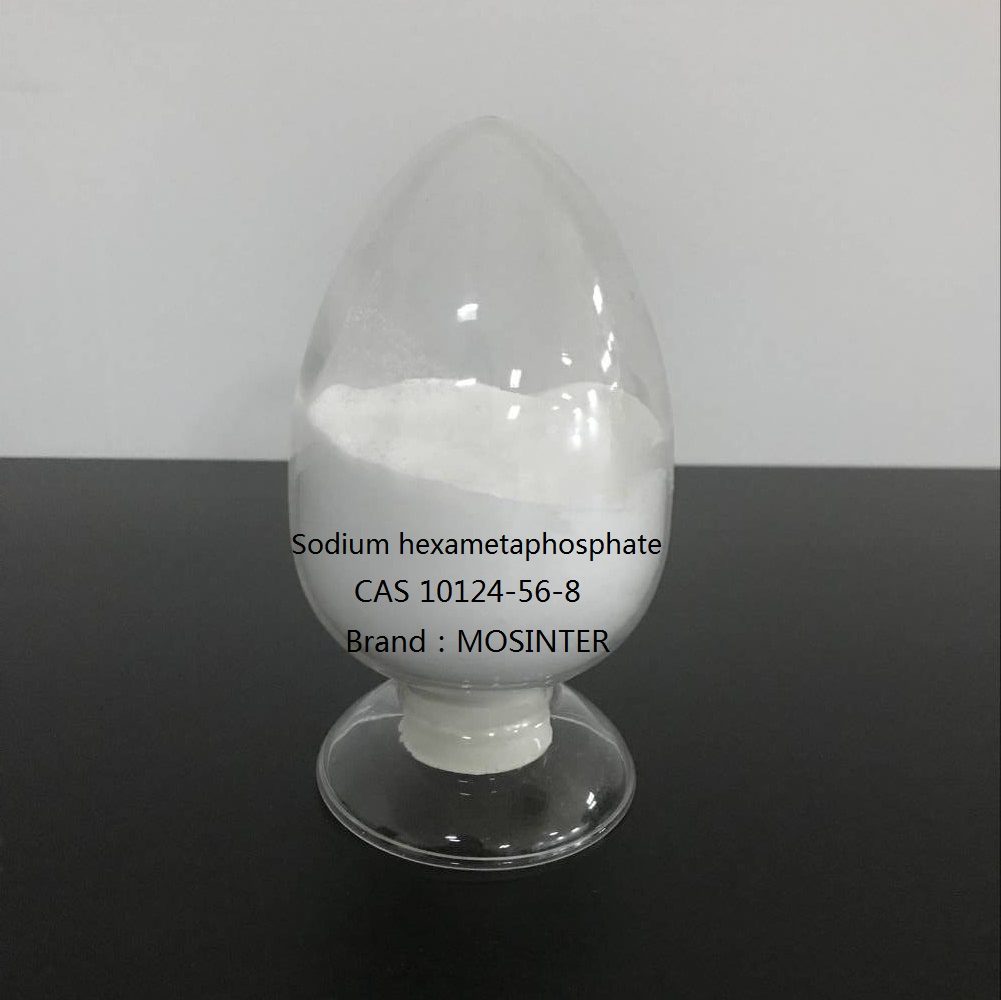
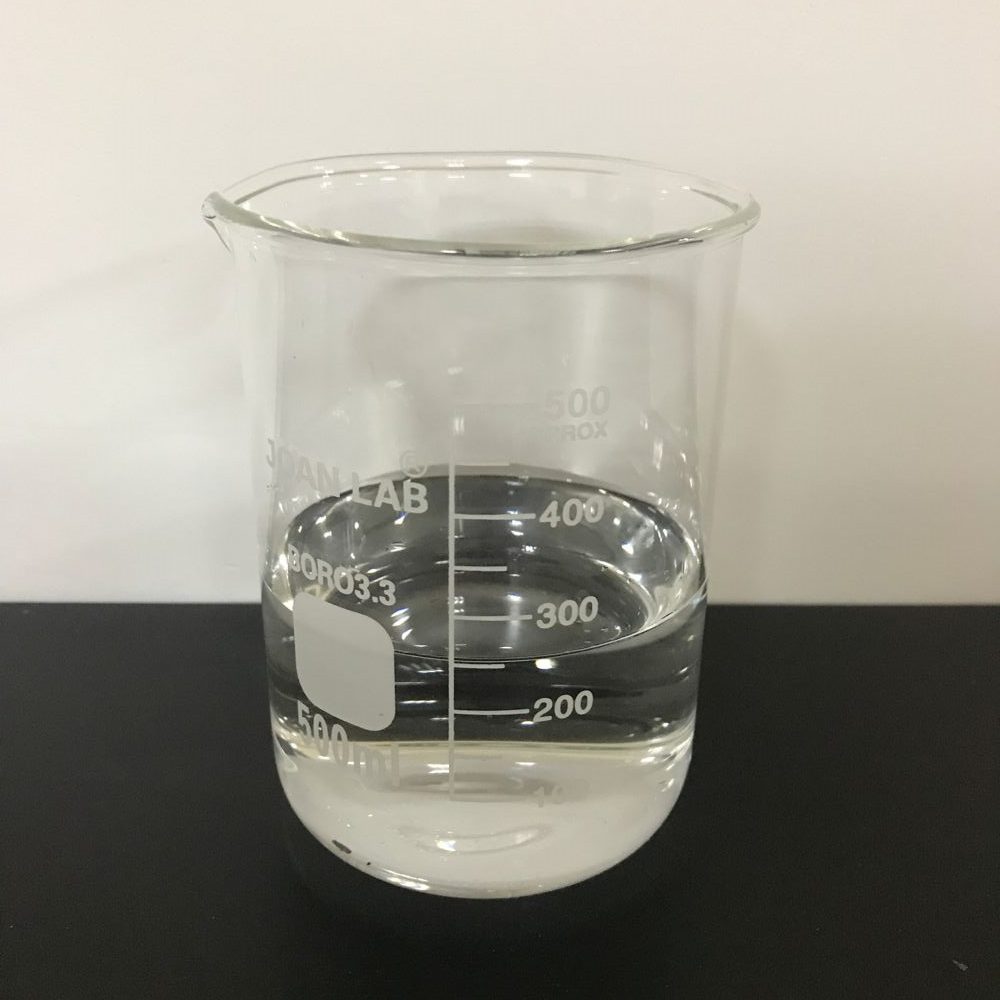
Reviews
There are no reviews yet.